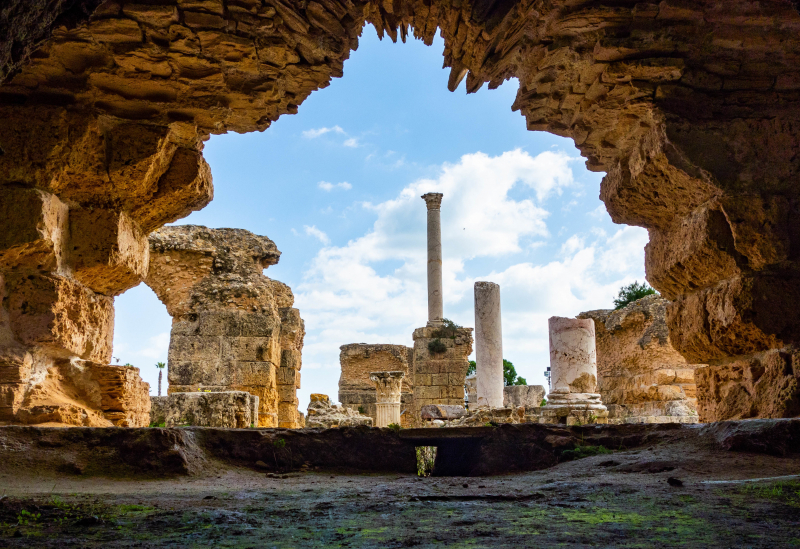Carthage
Carthage was one of the ancient world's most powerful towns, creating the mighty Carthaginian Empire, which dominated most of the western Mediterranean as an important – and consequently prosperous – commercial hub. Carthage was a pivotal figure in ancient world history. According to legend, the city was built in the 9th century BC by the Phoenician Queen Dido, and the ancient metropolis rose to prominence over the next 500 years.
However, Carthage was eventually defeated and destroyed in 146 BC as a result of three long and terrible conflicts with Rome known as the Punic Wars. It is even said that the Romans salted the land so that no one could dwell on the once-dominant city's site.
Time has taken its toll on the site, and today there are few traces of ancient Carthage scattered across a large region. Byrsa Hill and the Carthage Museum are perhaps the best places to start investigating these remains. The museum houses a collection of Carthaginian (Punic) and Roman artifacts, including marble sarcophagi and a large model of Punic Carthage that lets visitors visualize the ancient city.
Location: Latin Carthago











